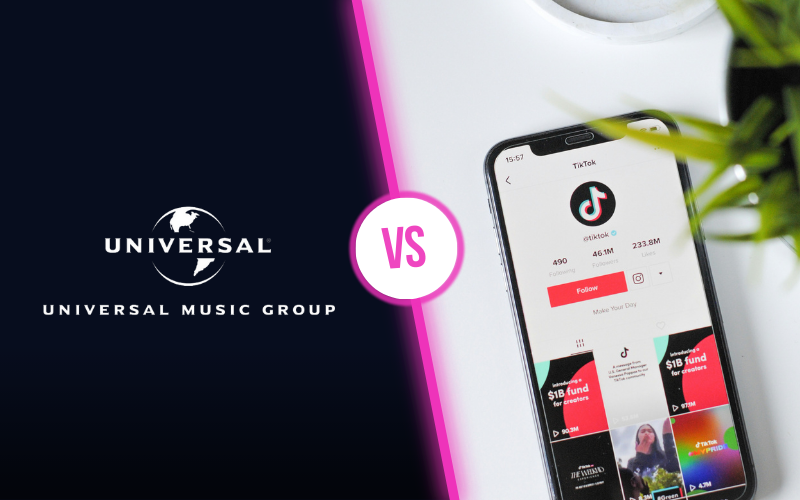If you’re a YouTuber or online content creator, you’ve probably heard the phrase “copyrighted music” a lot by now. You may have even come up against the dreaded copyright claim, where YouTube unceremoniously blocks you from keeping your ad revenue for a video, or even removes it from the platform entirely – bummer. Though copyright is a much misunderstood and complicated thing, you don’t need to be a lawyer to understand the basics. We’ll give you a rundown here, so that you know how to get music for YouTube videos without running into YouTube Content ID trouble.
Music copyright – what is it?
Copyright is in essence a simple concept. If you create something, you are the owner of that something, and you’re the only one that has a right to make copies of it.
For example, if you write a story, you can print out as many copies as you want, sell them, give them away, or burn them to heat your house. It’s up to you. No one else can do this unless you give them permission, and you have every right to charge money for that privilege.
In music, the same is true. If you write a song, you’re the only person who has a right to reproduce it. That could mean writing the melody in sheet music and printing that, it could mean printing out lyrics with chords, or it could mean recording the song and making copies on vinyl records. This also includes digital reproduction rights, like mp3 files or, you guessed it, YouTube videos.
This copyright is granted automatically, and you don’t have to register your work with the copyright office for it to be in place, although it can be a good idea.
What music copyright means to YouTubers
What this means to a YouTube Creator is simple on the surface: you can only use someone else’s song in your video if you have permission. Let’s look at a real world example:
Musician X (let’s call him Justin) has made a song called Cry Me A Little Stream, and it’s a chart topper. YouTuber Y (let’s call her Samantha) is making a YouTube video and Justin’s song would be awesome as the soundtrack. Samantha can easily get the audio file of Cry Me A Little Stream and place it in her video. Nothing is actually stopping her from uploading this video, so she does it. She tells YouTube to monetize the video, meaning she wants YouTube to run ads on the video and give her the revenue.
Alas, when Samantha finishes her upload, YouTube tells her that her video contains copyrighted music, and can’t be monetized. In this case, Justin’s record label will allow her to use the song in the video, but she can’t enable ads and make money. Ads may still run, but that money will go to Justin and the label.
The copyright consequences…
When YouTubers attempt to use music they don’t have permission to use, the most likely outcome is that rightsholders will take their ad revenue as compensation. In some cases, though, music may be restricted in general, which means the owner of the music can block your video entirely. It’s up to the owners of the song to decide what permission to give.
Even if the song isn’t Justin’s top 40 hit Cry Me A Little Stream, independent music makers have the same rights, and a lot of them have their songs registered in YouTube’s Content ID database. The only way Samantha can use a song and NOT run into a Content ID claim is if it’s not in YouTube’s database, but this doesn’t mean it’s legal for her to use it without permission.
Some music makers have given permission for YouTubers to use music for free, and Samantha could find some of this music in YouTube’s audio library. This is a viable option for Samantha, but may not be ideal.
Samantha’s other music licensing option
If Samantha wants to use a chart-topping song that’s in the Content ID system and needs to be able to monetize her video, she’s going to have to get real permission, and she’ll probably have to pay a licensing fee. This could be pretty expensive, and it’s certainly time-consuming. But she does have another option.
Music licensing platform, Lickd, negotiates with artists and labels ahead of time, gets affordable rates, and makes it easy to find and license songs. Samantha can browse Lickd’s catalog of over 1 million songs, find what she wants and use it, with no Content ID claim to worry about. This is Samantha’s best option for freely using great music and building a YouTube channel she can be proud of.
So to end our story, that’s what our friend Samantha does now. She uses Lickd! And you can too! For more information read our beginners guide to YouTube music policies, how to legally use copyrighted music on YouTube and how to avoid copyright claims on YouTube.






